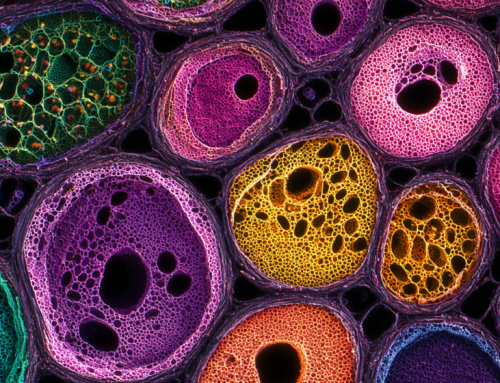Deeper Views for Diagnosing Lung Diseases
According to an article in PLOS Medicine, a nonprofit medical journal, a newly developed AI algorithm brings hope for faster treatment of lung cancer and tuberculosis for millions of people in second and third world countries.
Chest radiography is the most common type of imaging examination in the world, with over 2 billion procedures performed each year for screening, diagnosis, and management of lung diseases. They are among the leading causes of death.
Recently, deep learning approaches have been able to achieve expert-level performance in medical image interpretation tasks, powered by large network architectures and enabled by large datasets.
A computer system to interpret chest radiographs as effectively as practicing radiologists could provide real benefit in many clinical settings. It could lower costs and speed treatment due to improved workflow prioritization and clinical decision support, as well as boosting large-scale screening and global population health initiatives.
Diseases like tuberculosis and lung cancer affect millions of people worldwide each year. This time-consuming task typically requires expert radiologists to read the images, potentially leading to fatigue-based diagnostic error and lack of diagnostic expertise in areas of the world where radiologists are not available.
CheXNeXt, a convolutional neural network, can detect the presence of 14 different pathologies, including pneumonia, pleural effusion, pulmonary masses, and nodules in frontal-view chest radiographs. Pranav Rajpurkar and other researchers at Stanford University’s Machine Learning Group developed the computer algorithm.
A validated deep learning algorithm that classifies clinically important abnormalities in chest radiographs at a performance level comparable to practicing radiologists may solve the bottleneck in treatment.
read more at journals.plos.org







Leave A Comment